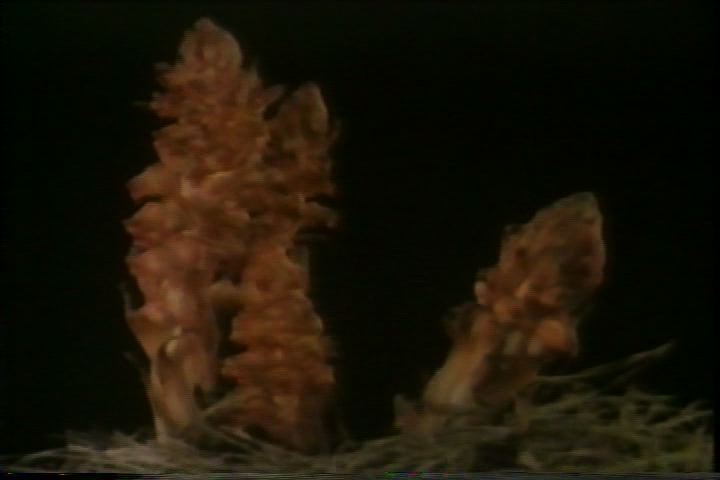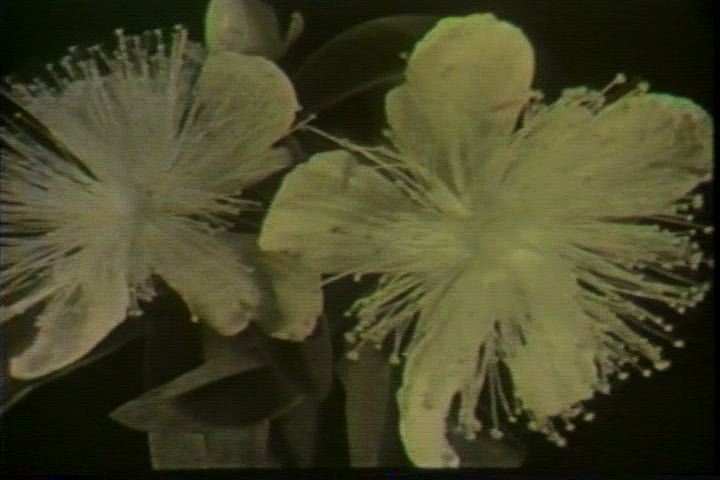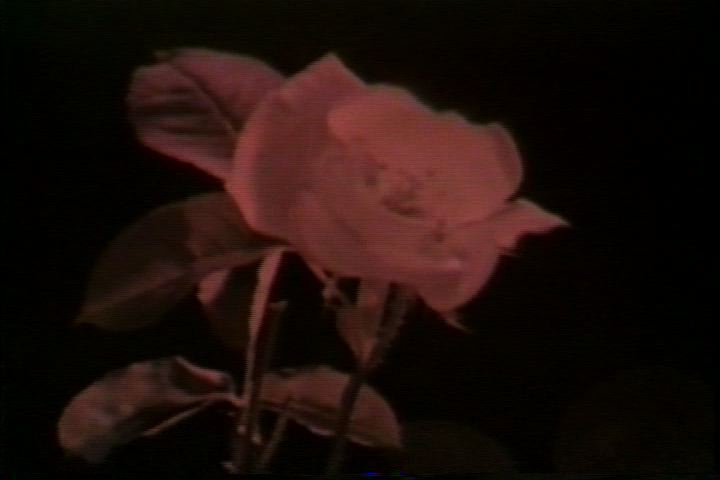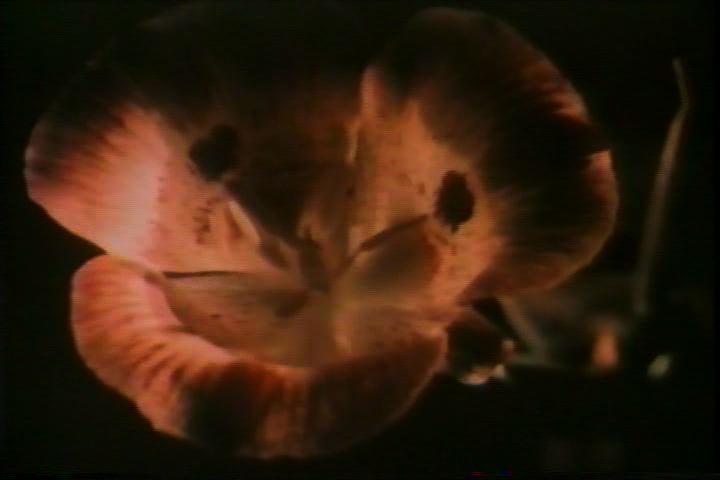We're committed to helping you
Color Movies of the Wild Flowers - 1921
The goal in Pillsbury's work was to help people see and understand the entire world of nature, of which all of us are a part. Pillsbury knew from his own life experiences and background loving and respecting others, and the world which included all, was essential if people were to choose rightly on their own personal journeys.
Therefore,seeing the world as it really is was essential to a real understanding for everyone. Because Pillsbury wanted those to whom he showed his films and lectured to 'get' as much as possible from the experience he was determined to product movies in color, beginning to look for ways this might be accomplished around 1915. He followed the steps toward color photography closely but decided not to wait. He therefore applied the long practiced art of Tinting to the problem and began hiring skilled craftspeople to tint each frame used in his movies.
Tinting was already being used at Pillsbury's Pictures for photos sold to the public from between 1908 and 1909. Young people, many of them girls from Berkeley and Stanford, would come to the Studio during the summer to work at Pillsbury's, living in a growing array of tents behind the studio and the Yosemite Chapel.
Each year more people came, to work, enjoy Yosemite, to study photography, or some combination of the these activities. Pillsbury's three children, Ernest, Grace, and Arthur F., worked there as well from 1913 on. Dr. Arthur F. Pillsbury, who was eight when he first began working at the Studio on Yosemite, became the Director of Printing, wrestling with the mass production photo post card machine which lived at the Studio in Yosemite, when he was around 14.
H. C. Tibbets, who worked with Pillsbury on many technical aspects of photography over the years, and who handled the tinting for the Magic Lantern Slides managed the tinting needed to colorize the 1921 film of wild flowers. The two men had met in the 1910s while both of them were doing photography work sold to the Southern Pacific Railroad.
Over the years H. C. Tibbits did more of the work which related to tinting for items such as the Magic Lantern Slides, which were produced from Pillsbury photos for his lecture tours and which Pillsbury also sold to others who wanted to do presentations. Sets were sold to Mildred Clemens, the Curry Company, and the Southern Pacific.
Tibbits handled the large task of ensuring the tinting for the 1921 film on wild flowers was consistent in coloring. The people working for him, most of them women, found the job fascinating and were among the first to see the finished product.
This first colorized film was shown for Pillsbury's 1921 Lecture Tour, which included major colleges, Town Halls, and other groups eager to hear the new presentation from what was then the edge of human technology.
Watch Extending Human Vision to see footage of the 1921 film.






